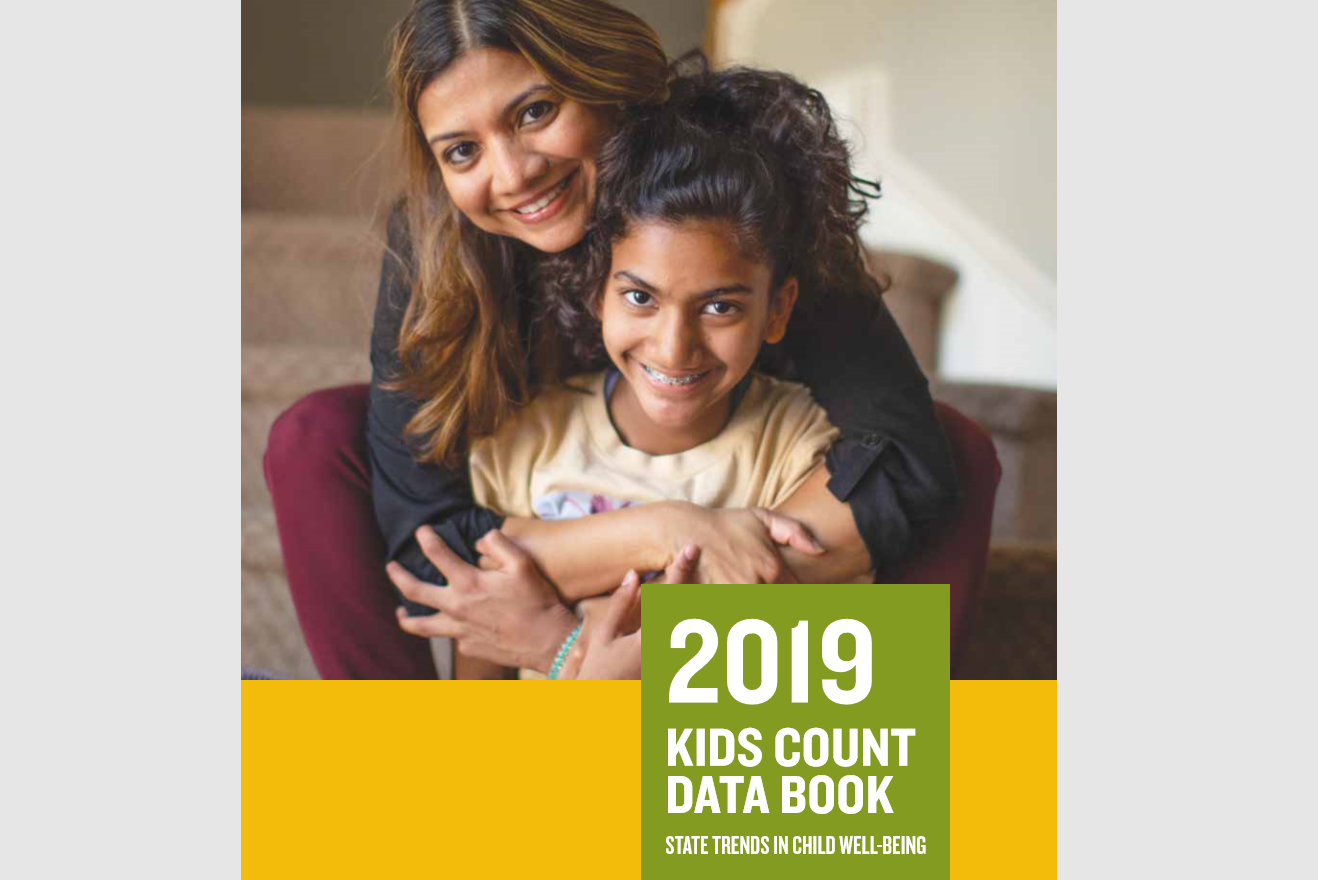KIDS COUNT report shows persistent poverty among Missouri's children
Nearly 30 years after the KIDS COUNT Data Book began exposing the plight of U.S. children, more than 252,000 Missouri children continue to live in poverty.
The 2019 data book, released this week, shows that Missouri children are in greater danger of growing up poor than when the first nationwide report by the Annie E. Casey Foundation was published in 1990.
Missouri ranked 28th out of 50 states in measures of children’s economic well-being, education, health and their families and communities. Missouri slipped down from 26th in the 2018 data book. Kansas was ranked 15th, down from 13 a year ago.
Missouri hasn’t done enough to help its most vulnerable residents, said Missouri KIDS COUNT Program Director Tracy Greever-Rice.
“Missouri’s downward tick in ranking reflects a combination of a persistently slower pace of economic growth in the middle of the country and entrenched disparities in resources and opportunities for Missouri’s kids based on demographics and location,” she said.
One-in-five children in Missouri live in poverty, and racial inequities nationwide reveal systemic barriers that show African-American children more likely to live in single-parent families and high-poverty neighborhoods and show Latino children more likely not to attend pre-school and more likely to live with a head of household who lacks a high school diploma.
The purpose of the data book has been to reveal where children are vulnerable and inspire new policy and other action to protect them, said Casey Foundation President and CEO Lisa Hamilton.
“All of the 74 million kids in our increasingly diverse country have unlimited potential,” she said, “and we have the data, knowledge and evidence to create the policies that will help them realize it.”
“It is incumbent on us,” Hamilton said, “to do just that.”
Missouri’s overall rise in the number of vulnerable children continued even though the state improved in 10 of the report’s 16 measurement areas.
Missouri mirrored the nation in showing slight improvement in all four of the economic well-being measures, including more parents employed and fewer families excessively burdened in housing costs.
The state faired worse in education measures with either no change or slight declines in the percentages of children in pre-school, students proficiently reading in fourth grade and students proficient in math at 8th grade.
Missouri’s poorest national ranking came in measures of child health — 32nd out of 50 states. Missouri saw an increase in the percentage of low birth-weights to 8.7 percent, and an increase in the rate of child and teen deaths from 31 per 100,000 children in 2010 to 36 per 100,000 children in 2017.
The higher death rate coincided with data in the Missouri KID COUNTS report which showed that suicides among children 0-to-19 in Missouri increased from 3 per 100,000 in 2013 to 5 per 100,000 in 2017.
The Family and Community Trust (FACT), as the affiliate for Missouri KIDS Count, will work with child-serving agencies to use the report as a renewed call to action, said FACT Executive Director Bill Dent.
And this year child advocates are eyeing the looming 2020 census.
“We’re very focused on ensuring a complete count,” Dent said. “Missouri’s most vulnerable kids live in circumstances and areas most susceptible to being undercounted,” he said, but they have the highest needs of governmental resources that are leveraged through an accurate count.
The Casey Foundation also stressed the need for the census to reach hard-to-count areas.
Major federal programs, including Head Start and the Children’s Health Insurance Program, distribute more than $880 billion each year into local services nationwide based on census data.
The report also stressed the need to expand programs that improve student health, including urging states to expand access to Medicaid regardless of immigration status.
Families should get access to more tools — like federal and state earned income tax credits — that help families lift themselves economically.
And public policies must acknowledge and eliminate obstacles that leave African-American, Latino and Native American children more likely to live in high-poverty neighborhoods.
To read the complete 2019 KIDS COUNT Data Book, go to www.aecf.org.
The Missouri KIDS COUNT report is available at www.missourikidscountdata.org.
An interactive version of the Data Book is available at https://datacenter.kidscount.org.






